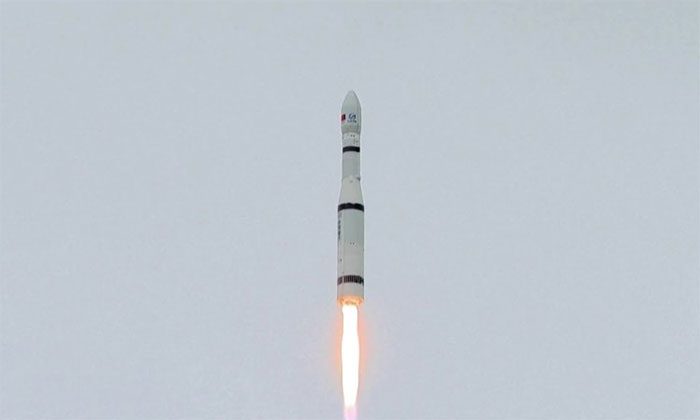China has completed its ninth space mission in the past 30 days, launching 16 new satellites into orbit using the Long March 6 rocket.
The Long March 6 rocket launched 16 satellites on August 10. (Video: CASC)
According to the China Aerospace Science and Technology Corporation (CASC), the Long March 6 rocket, designated Y10, lifted off from the Taiyuan Satellite Launch Center in Shanxi Province, northern China, at 12:50 PM local time on August 10, which is 11:50 AM in Hanoi.
Atop the rocket were 16 commercial satellites developed by Chang Guang Satellite Technology Company, based in northeastern China, including 10 high-resolution optical imaging satellites Jilin-1 Gaofen 03D09 and 6 meteorological satellites Yunyao-1 04-08.
This marks China’s ninth space launch in the past 30 days and the 432nd flight of the Long March rocket series. The mission occurred just one day after Galactic Energy launched its third Ceres 1 rocket from the town of Zhaotong.

This is the 432nd flight of the Long March rocket series
China has also launched a new module for the Tiangong space station, a secret spacecraft, a communication relay satellite, a group of reconnaissance satellites, a pair of imaging satellites with a resolution of 11.8 inches (30 cm) per pixel, a carbon monitoring satellite, and a new commercial solid-fuel rocket.
CASC plans to conduct more than 50 space missions in 2022, collaborating with commercial rocket companies such as Galactic Energy, CAS Space, and Expace.
The Long March 6 rocket was developed by CASC and the Shanghai Academy of Spaceflight Technology since the 2000s and had its first flight in 2015. This three-stage launch vehicle runs on liquid fuel, stands 29 meters tall, and can carry a payload of at least 1,000 kg into a sun-synchronous orbit.


















































